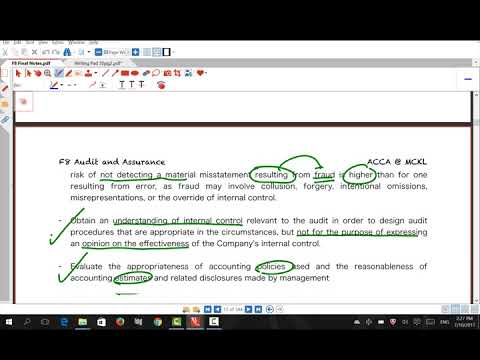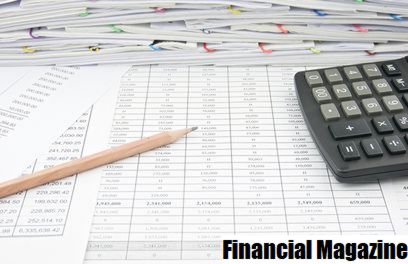Content

The internal rate of return is a metric used in financial analysis to estimate the profitability of potential investments. IRR is adiscount ratethat makes thenet present value of all cash flows equal to zero in a discounted cash flow analysis. IRR is an annual growth rate and it’s expressed in percentages.

Small-Is-Beautiful only requires 10,000 US dollars capital to be invested today, and will repay the investor 13,750 US dollars in a year’s time. Is calculated using the period in which the majority of the problem is defined (e.g., using months if most of the cash flows occur at monthly intervals) and converted to a yearly period thereafter. ●in calculating the investors’ return on investment in a project (cf. However, the main measure for investors is the equity IRR—i.e. The IRR of the equity cash flow versus the original equity investment (cf.
IRR limitations
The calculations are named Net Present Value, Internal Rate of Return, and Payback Method. The most common use for the IRR metric is as a comparative metric used to weigh one investment versus another. Sources stating irr over 100 that there is such a hidden assumption have been cited below. Other sources have argued that there is no IRR reinvestment assumption. See for a way of identifying the relevant IRR from a set of multiple IRR solutions.

Below is a short video explanation with an example of how to use the XIRR function in Excel to calculate the internal rate of return of an investment. The demonstration shows how the IRR is equal to the compound annual growth rate . Should you consider the yield you can earn on interim cash flows that you reinvest? Absolutely, and there have been various measures introduced over the years to turn the IRR into a measure of return on the initial investment, such as the Modified Internal Rate of Return . As shown above in year 1 our outstanding investment amount is $100,000, which earns a return on investment of 10% or $10,000. However, our total interim cash flow in year 1 is $15,000, which is $5,000 greater than our $10,000 return “on” investment.
What Does Internal Rate of Return Mean?
In planning investment projects, firms will often establish arequired rate of return to determine the minimum acceptable return percentage that the investment in question must earn to be worthwhile. The ultimate goal of IRR is to identify the rate of discount, which makes thepresent valueof the sum of annual nominal cash inflows equal to the initial net cash outlay for the investment. Several methods can be used when seeking to identify an expected return, but IRR is often ideal for analyzing the potential return of a new project that a company is considering undertaking. Payback period analysis is harder with more complex situations, such as investments that keep producing cash flows after the investment’s useful life. It’s good for comparing projects with varying payback periods, especially when money is tight. Your board may also have a maximum allowable payback period.
- IRR is typically a relatively high value, which allows it to arrive at an NPV of zero.
- Hartman, J. C., and Schafrick, I. C., “The relevant internal rate of return,” The Engineering Economist 49, 2004, 139–158.
- This IRR is very high during the early days of the policy because if you made only one monthly premium payment and then suddenly died, your beneficiaries would still get a lump sum benefit.
- By comparison the minimum IRR assumes water is sold during periods when prices are at their lowest for that water year while the medium IRR assumes water is sold during the period when prices are in the middle .
- To cope with the limitations of IRR, investors also look at NPV.
If it’s negative, it’s going to result in a loss for the investor. The IRR calculation comprises doing these steps to account for the value of your money in each year of the investment. Now that we have broken down what the discount rate and periods do each year, let’s combine this information and step through an entire sequence. When comparing investments, making an implicit assumption that cash flows are reinvested at the same IRR would lead to false conclusions. This is why IRR should not be used on a stand-alone basis, but in combination with NPV.